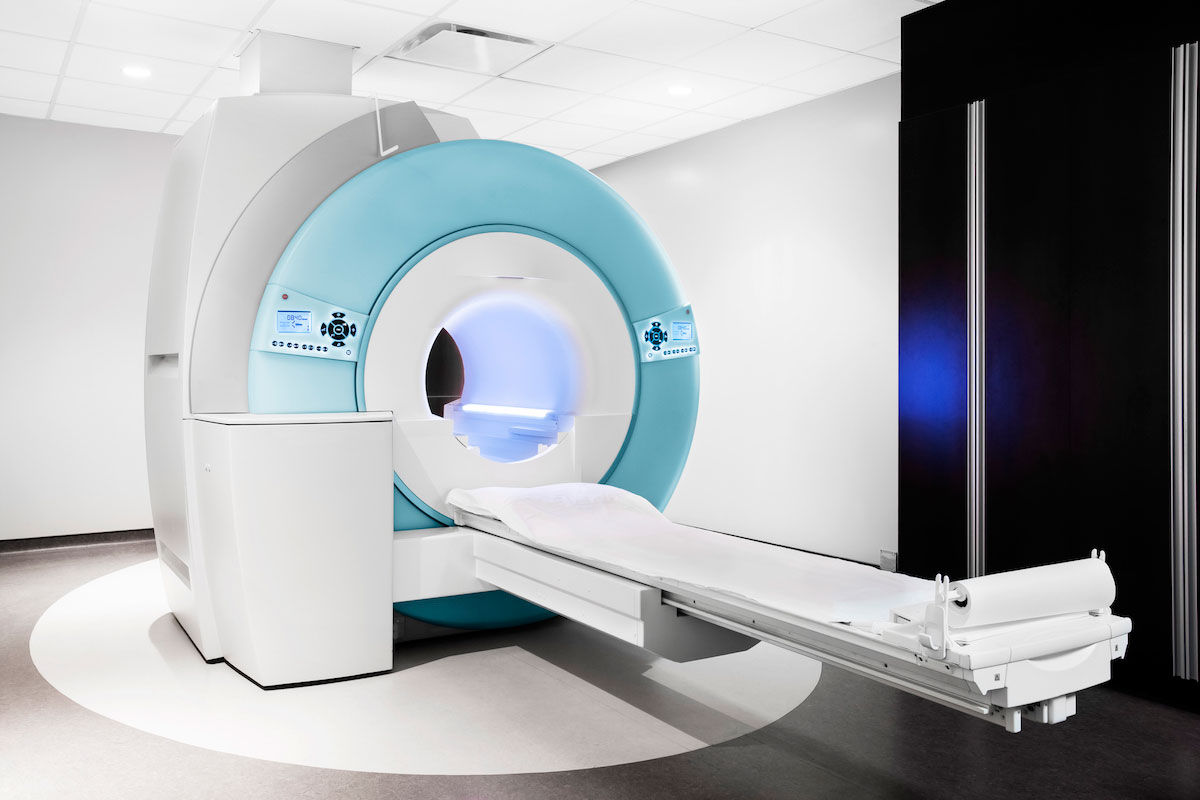By Tom Cappas
In the past, Magnetic Resonance Imaging caused a good deal of stress in some patients.
MRI uses a magnetic field and pulses of radio wave energy to make pictures of organs and structures that are inside the body. The cylindrical scanners held patients in a very tight capsule, creating an unpleasant experience for claustrophobic, young or anxious people. But the technology of imaging has come a long way, providing an alternative to the tight quarters of the closed MRI system.
When open MRIs first entered the market, they offered a better patient experience than their cylindrical counterparts, but unfortunately, they didn’t provide the same image quality. Advancements in technology have significantly improved the imaging of the open MRI, providing excellent quality paired with the comfort of the open environment.
The Hospital of Central Connecticut-Bradley Memorial Campus offers an open MRI that provides a superior experience for the patient, alleviating much of the distress often caused by closed MRI, without sacrificing image quality.
The unique design of the open MRI’s superconducting magnets is patient-friendly. The magnets are contained in two discs, one above the patient table, the other below. These discs are supported by offset pillars that allow the patient to see out. This allows them to see friends or family, even easily hold a hand during the exam, neither of which can be done in a cylindrical scanner.
Open MRI scanners are open on the sides, allowing the patient to relax their arms comfortably by their sides, and giving them the comfort of being able to turn their head and see around them. The open format provides technologists with a direct line-of- sight to patients, regardless of how the patient is positioned.
The open MRI is a good option for bariatric patients and broad-shouldered patients who may not otherwise fit into the closed MRI scanner.
The openness of this MRI also benefits the technologists in positioning body parts for scanning. In conventional cylindrical MRI scanners, some exams are inherently off center, resulting in a non-uniform signal and scan of certain body parts, depending on the patient’s size. The open MRI allows technologists to position any body part in the precise center of the field, offering the best image possible.
Most exams are completed in 30 minutes, further reducing any patient anxiety. Patients also enjoy a quick turnaround time from having a scan to receiving results. The open MRI is a perfect combination, offering of superior image quality and peace of mind for the patient.
Tom Cappas is the director of radiology at The Hospital of Central Connecticut and MidState Medical Center. To learn more, click here.

